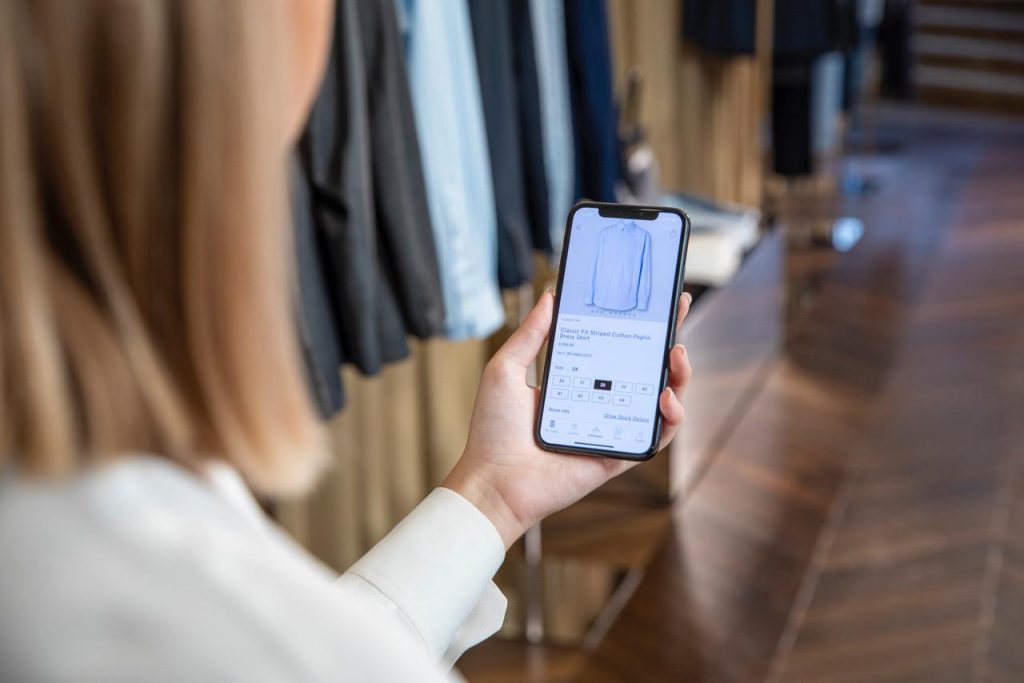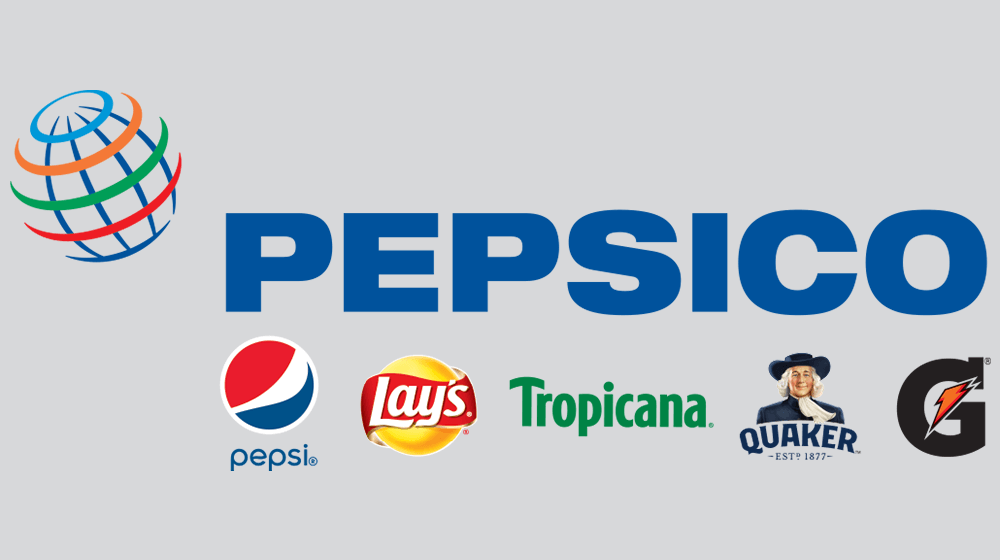As retailers adjust to widespread market disturbance, many are progressively aiming to brand-new technology that drives individualized client experiences. Which of these innovations are the most essential to view, and can they scale to fix high volume retail difficulties? answers Martin Mehalchin, Partner, Lenati LLC.
You do not need to look far to see interruption taking its toll on physical merchants: With brand-new subscription commerce companies like Stitch Fix, Dollar Shave Club, and Loot Dog crate taking the vital market for millennial customers by storm and tales of rapidly declining companies like Toys ” R” United States continuously in the news, the cyclone affecting the retail industry is simply getting started.
Yet a variety of sellers are effectively shifting their techniques towards greater personalization and finding success regardless of all the obstacles dealing with the industry. Target, for instance, recently drove online sales up 36% in part by offering fast pick-up at its shops and next-day delivery on prescriptions and house goods. There’s an opportunity for brick-and-mortar retailers to develop and be successful if they determine and adopt technology methods that optimize and tailor the in-store experience.
Likewise Check Out: 3 Ways AR is Digitally Transforming Retail Client Experience in 2019
In order to develop client interactions as valuable and customized as Amazon’s algorithms or the enjoyable membership box bundles that a lot of people now get in the mail monthly, retailers need to aim for brand-new innovation that makes it possible for personalization at scale. These are a few of the emerging trends that are allowing merchants to reimagine their offerings:
New Headless Commerce Solutions
Front-end digital consumer experiences and e-commerce platforms used to be cemented in lock-step. If one is required to be modified toward a specific objective, moving the other might show be a challenge.
This codependence regularly restricted the capabilities of each element and restricted the flexibility of retailers to serve customers on new platforms, like social networks, or unify experiences throughout multiple channels. It’s become an issue that can’t be overlooked as the number of customers aiming to acquire from and connect with retail brand names on newer channels has grown.
New headless commerce platforms, which have grown in popularity over the previous year, have sought to resolve this problem. They generally provide API-based environments for sellers that are lighter weight and have the perspective to merge client touchpoints throughout web, mobile and social media. And big motions have been made in this category: Adobe bought Magento last year and just released its new Commerce Cloud. Shopify released its Shopify Plus platform for enterprises with headless features a number of years back, and it has grown gradually. In my own work, I’ve been speaking with many major brands that they’re beginning to think about whether headless is a fit for their needs.
But headless commerce is not right for every retailer. Right now, these platforms are mainly being utilized by smaller industries or in speculative conditions– for instance, L’Occitane checked Shopify Plus for Facebook sales but just for a unique Mother’s Day offering. It’s not yet clear that headless commerce will scale across enterprise retailers’ entire customer experience. The finest bet for a business that wishes to see whether headless commerce is best for them is to check it out on a smaller sized implementation or a novelty usage case, like Instagram.
The Increase of Customer Data Platforms

Sellers have struggled for years to personalize consumer experiences due to making use of point options. Point solutions are great for specific abilities, but the information collected from these efforts fails to paint a total photo of the client’s desires. While there’s a substantial amount of information offered to merchants from various marketing channels and tools, fitting the pieces together to get to the heart of what consumers want has traditionally been out of reach.
A new category of tools is emerging to resolve the problem: Customer data platforms ( CDPs) are expected to take center stage this year in the quest to help retailers complete their consumer data sets, provide real customization and build consumer loyalty.
CDPs join data across systems and provide a single view of individual clients to online marketers that can be utilized on merchants’ marketing platforms of choice. They enable merchants to be more responsive to customer needs and more flexible in how they deliver on those needs. Both Salesforce and Adobe have actually announced new CDPs in the last numerous months, and other solutions introduced recently, such as those from Amperity, are proliferating.
Merchants looking to use CDPs to close the gap between diverse information and real customer insights must initially establish a clear use case and requirements. They should also think about data migration and how it will be impacted by a CDP. Only then can retailers begin utilizing this new platform to drive real outcomes.
Going “Phygital” With Combined Experiences
More than ever, brick-and-mortar sellers are developing touchpoints that blur the lines between physical and digital interactions. These “phygital” experiences offer unique and immersive ways for today’s consumers to purchase from their favorite brand names –– and e-commerce and subscription companies can generally only reproduce them with one-off pop-up stores.
Under this method, the customer experience is raised through tools like synthetic intelligence, RFID, enhanced truth (AR), virtual truth (VR), and wisecracks. While the use cases for these technologies used to be seen as a novelty, they’re rapidly being embedded throughout the retail industry and are starting to show their effect.
Have a look at American Eagle’s recent success with interactive dressing spaces: Touch screens situated inside each room augment the shopping experience by permitting shoppers to search for clothing details and demand that sales associates bring them various sizes. By developing a phygital experience, American Eagle can customize shoppers’ interactions and remove a significant pain point.
The drive to personalize the shopping experience encompasses quick food as well. McDonald’s just acquired Dynamic Yield to make a play in the maker learning area. With brand-new choice logic technology, the when static drive-thru and walk-up menu can now trigger hungry clients with customized upsells and regionally popular products.
Sellers discussing adoption of a phygital method ought to look for friction indicate identify the best ways for digital innovation to boost or streamline the in-store experience. These points will provide greater consumer loyalty– and ROI– than applications that are more marketing in nature.
Brick-and-mortar merchants can discover the same success as Target, L’Occitane, American Eagle, McDonald’s in today’s tough environment– and get rid of the possibility of being the next personal bankruptcy headline of the “retail armageddon.” Those that embrace new technologies like headless commerce, CDPs, and phygital interactions that enable customized experiences are growing. Armed with these new innovations, retailers can change their organizations and link with today’s consumers.















